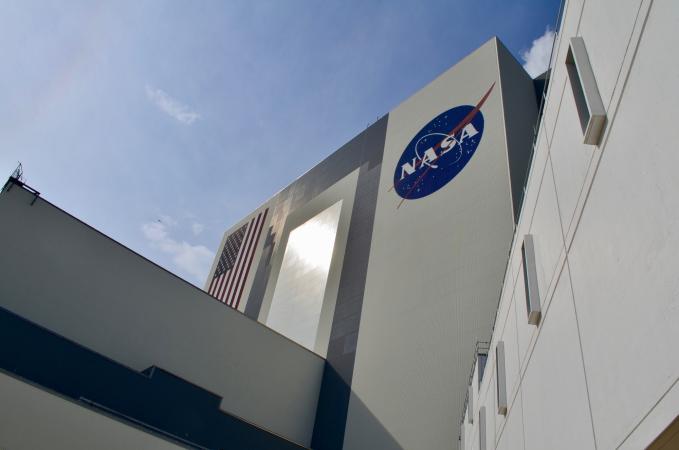Despite facing several delays due to the Covid-19 pandemic in the last year, NASA had its busiest year of development yet in 2021.
The US space agency in 2021 made history on Mars, continued to make progress on its Artemis plans for the Moon, tested new technologies for a supersonic aircraft, finalised launch preparations for the next-generation space telescope, and much more -- all while safely operating under the shadow of the pandemic.
"At NASA, we turn science fiction into science fact, and we do it daily. From continuing to launch astronauts to the International Space Station (ISS) from American soil to landing the Perseverance rover on Mars and logging the first flight on another planet, 2021 was a banner year for the world's premier space agency and all of humanity," NASA Administrator Bill Nelson said in a statement.
"Next year, NASA will accomplish more daring feats with new discoveries and technological advancements, especially as our Artemis I mission paves the way for future crewed missions to the Moon -- and beyond," Nelson added.
ALSO READ | University of Oxford study supports use of Vaxzevria as third dose against Omicron
Among the many science accomplishments for the year, NASA continued preparations to launch the James Webb Space Telescope on December 25 from French Guiana, successfully landed the Perseverance rover on the surface of Mars, and piloted the Ingenuity Mars Helicopter -- the first powered, controlled flight on another planet.
Webb is the agency's final launch this year, and was preceded by several other scientific missions launches, including the cosmic X-ray studying Imaging X-ray Polarimetry Explorer (IXPE), the asteroid-studying Lucy spacecraft, the world's first planetary defense test mission - the Double Asteroid Redirection Test (DART) - and two CubeSat missions.
NASA welcomed back to Earth the first two sets of commercial crew astronauts to complete expedition missions aboard the ISS and launched Crew-3 to the orbiting laboratory. During the Crew-2 mission, astronauts spent a US record-setting 199 days in orbit, surpassing the 168 days set by Crew-1 mission earlier this year.
This was the 21st continuous year of human presence aboard the ISS, and the busiest yet, the space agency said.
ALSO READ | Covid: Boosters will be norm 'every 6 months for many years
The agency also advanced plans to explore more of the Moon through Artemis, pledging to send the first woman and first person of colour to the lunar surface. To pave the way for future lunar missions with crew, NASA completed stacking of its Space Launch System (SLS) rocket, with its Orion spacecraft for the Artemis I mission.
Artemis I -- an uncrewed flight test of NASA's powerful SLS rocket and Orion spacecraft -- will travel around the Moon in March or April 2022.
In addition, NASA also picked SpaceX to continue the development and demonstration of the first commercial human lunar lander.
This year, the Biden-Harris Administration tapped NASA to join the White House Climate Task Force. The agency also released a climate action plan aimed at averting mission impacts due to climate change.
NASA launched the Sustainable Flight National Partnership, teaming up with industry, academia, and other government agencies to achieve net-zero carbon emissions from aviation by 2050. NASA also continues to validate unique airframe design technologies that will one day allow future supersonic planes to fly quietly.
In 2021, NASA took action to roll out aviation technology to more airports to help save time for passengers, pushing the boundaries of making aeronautics more green and more efficient.
The space agency also advanced technology for exploration, with new concepts that can drive exploration of the Moon, Mars, and beyond - and benefit people here on Earth.


















